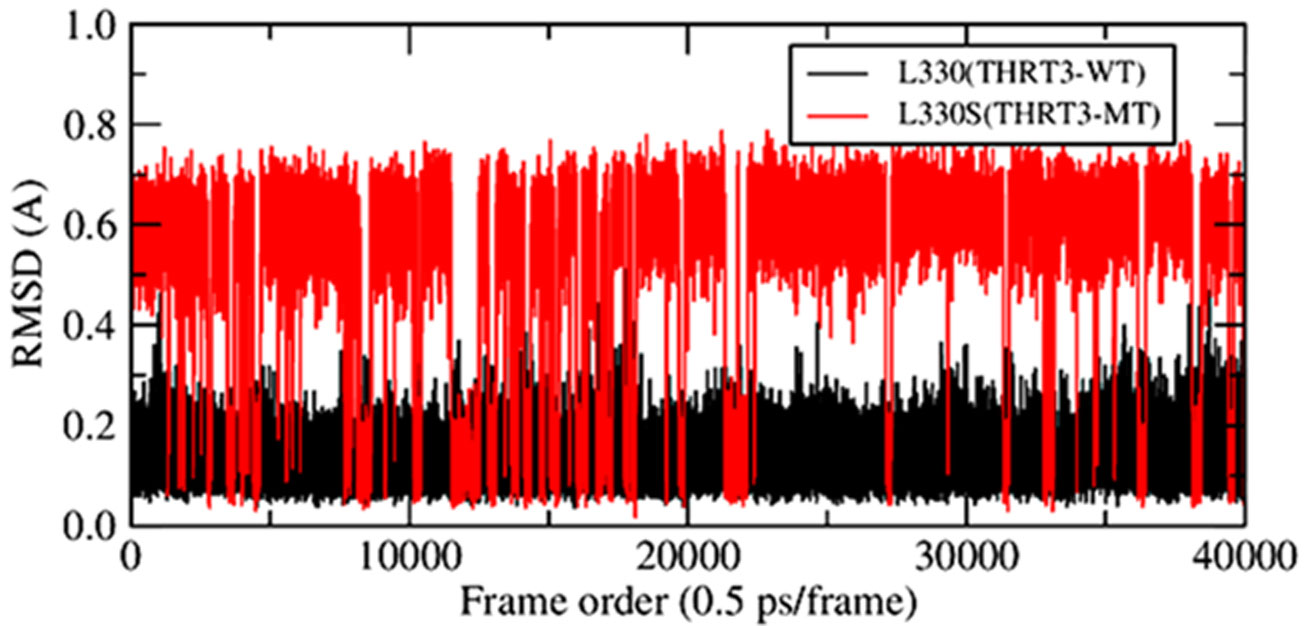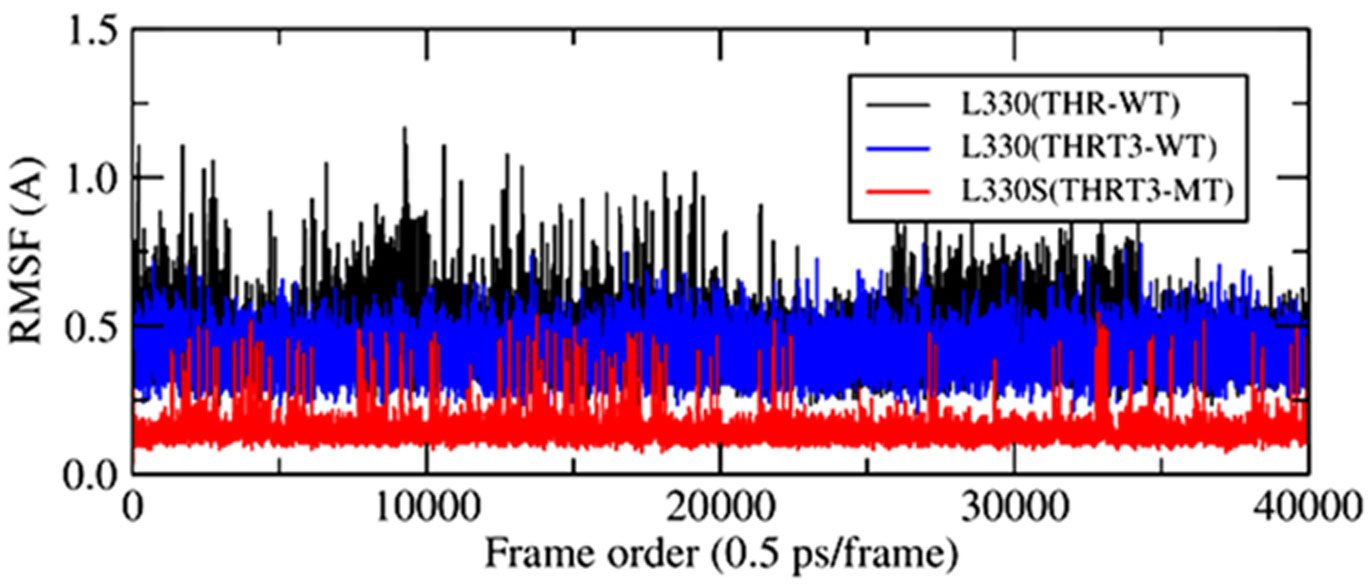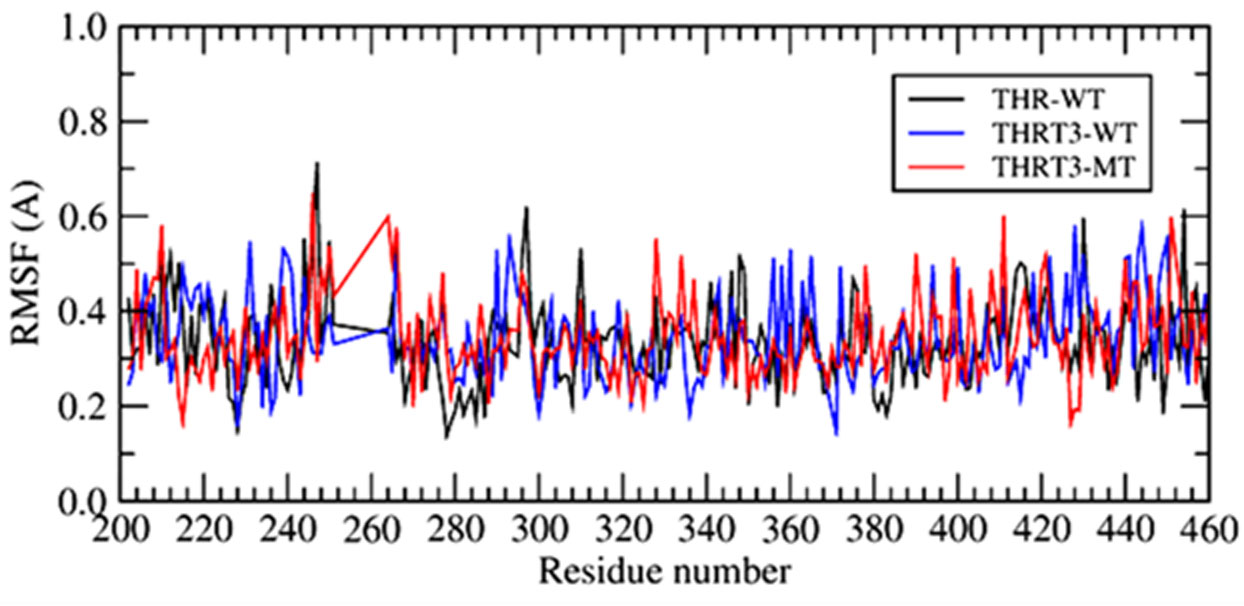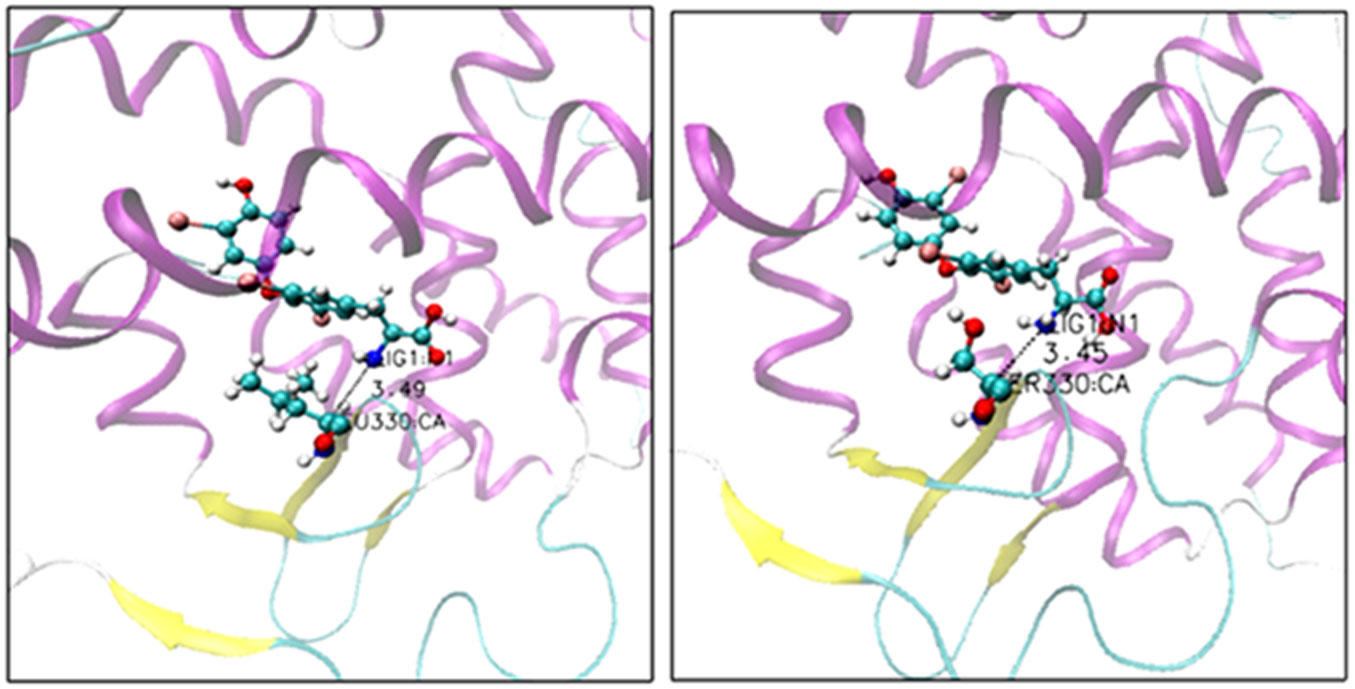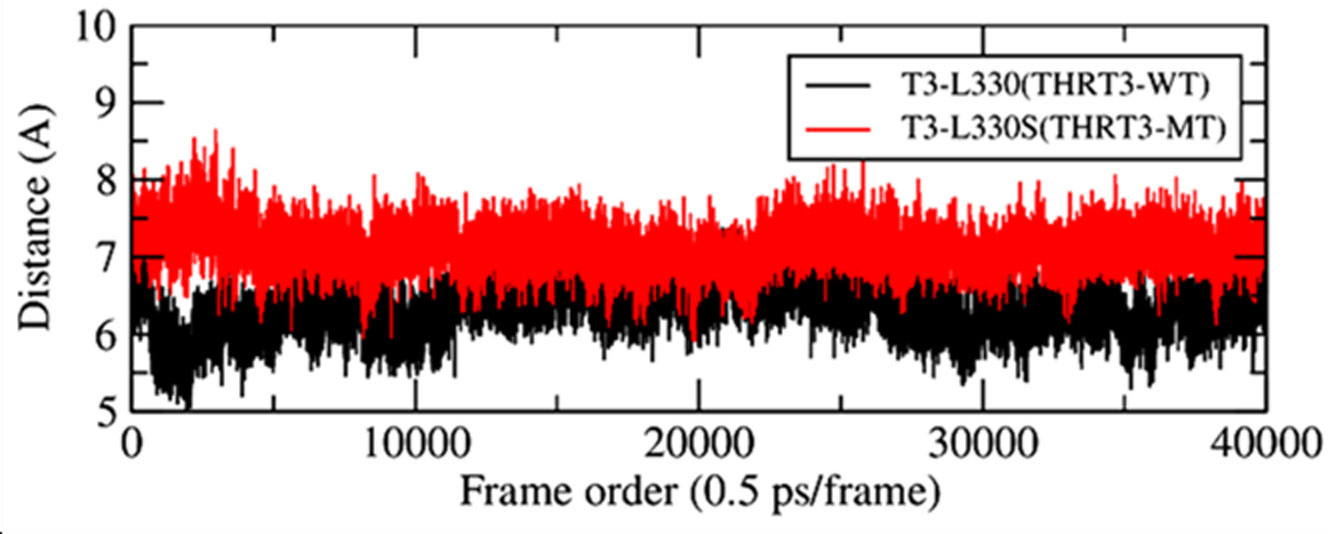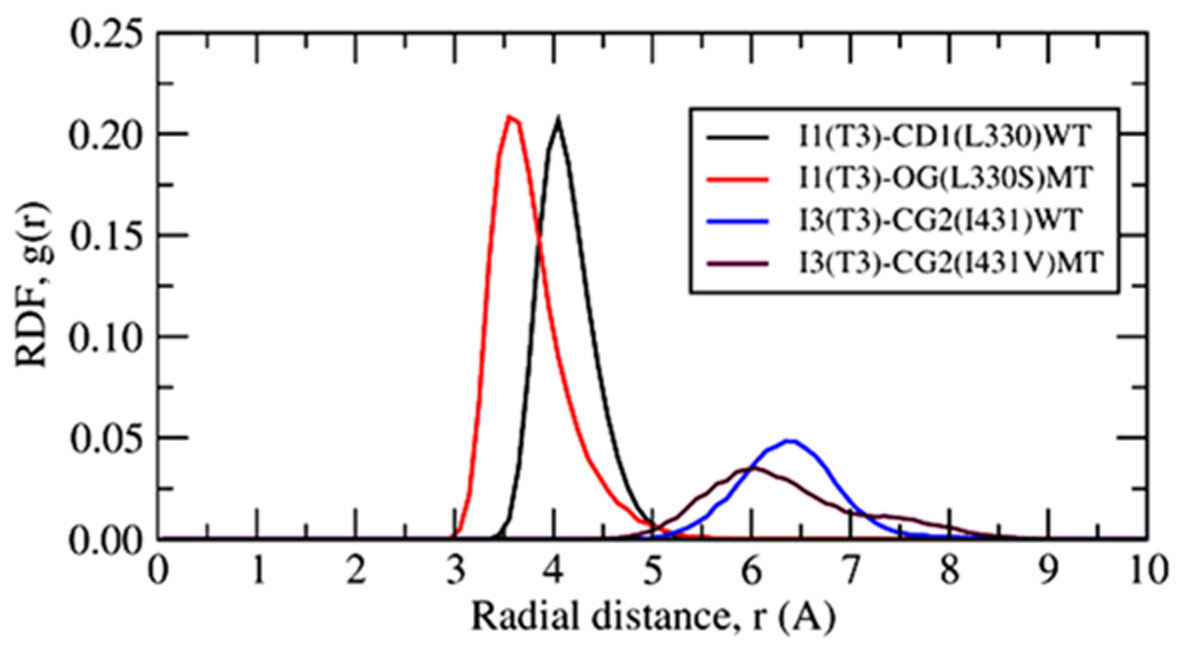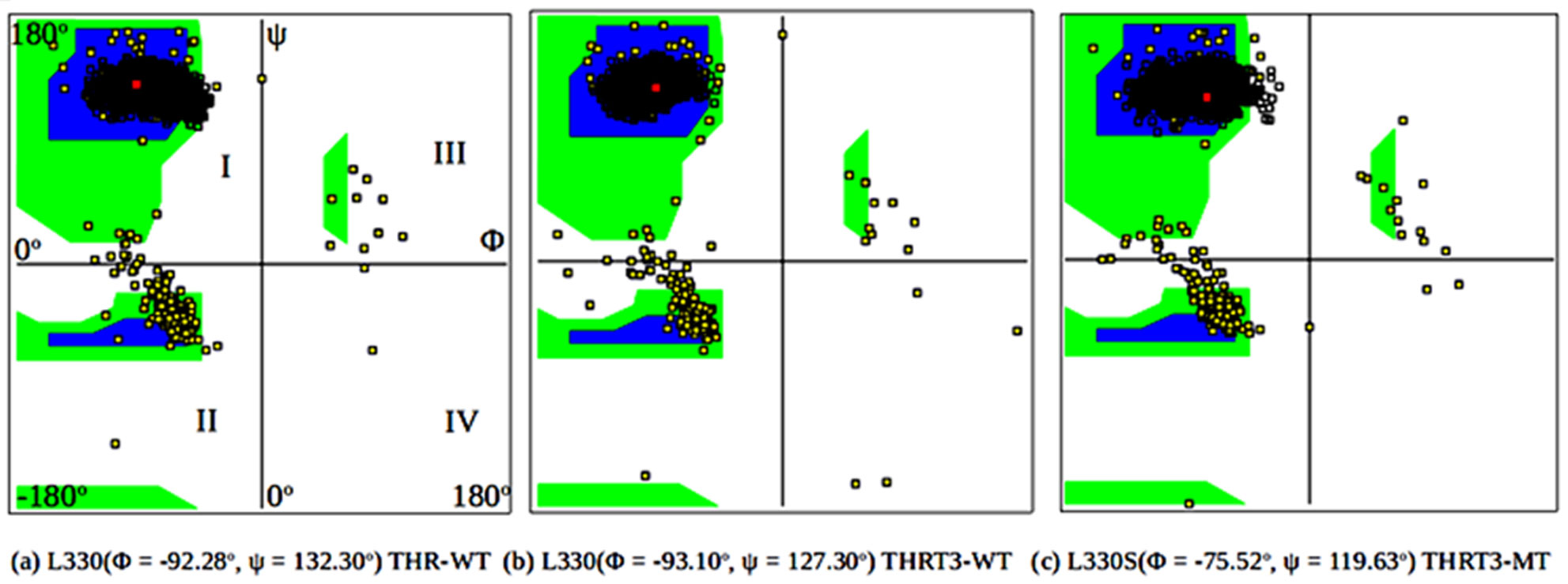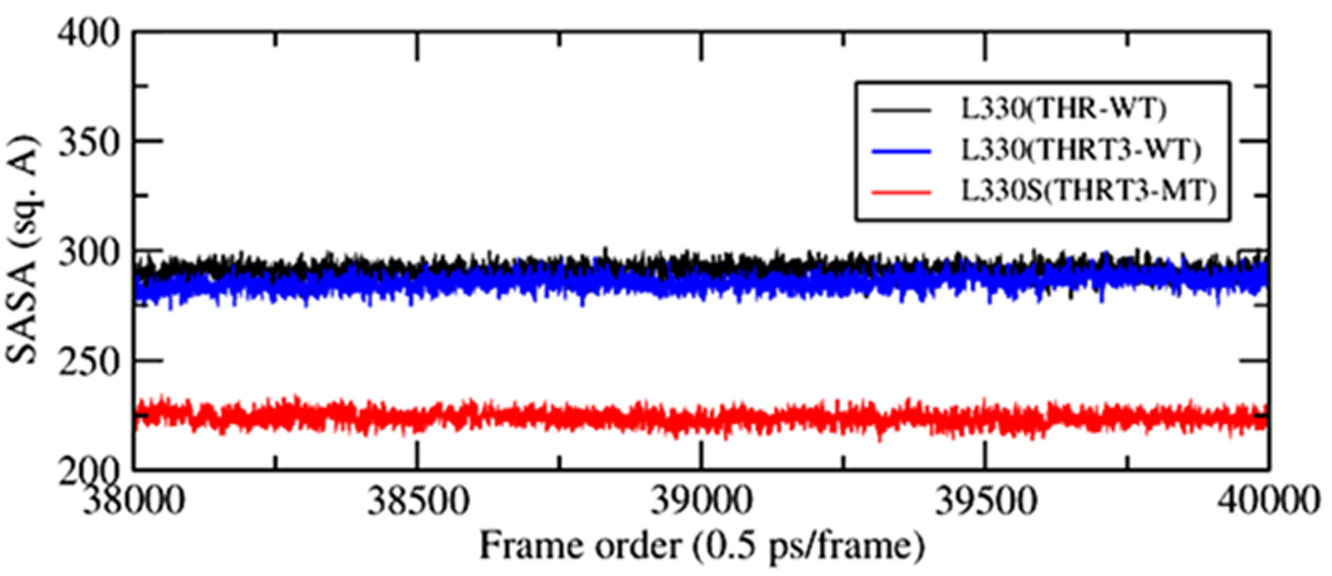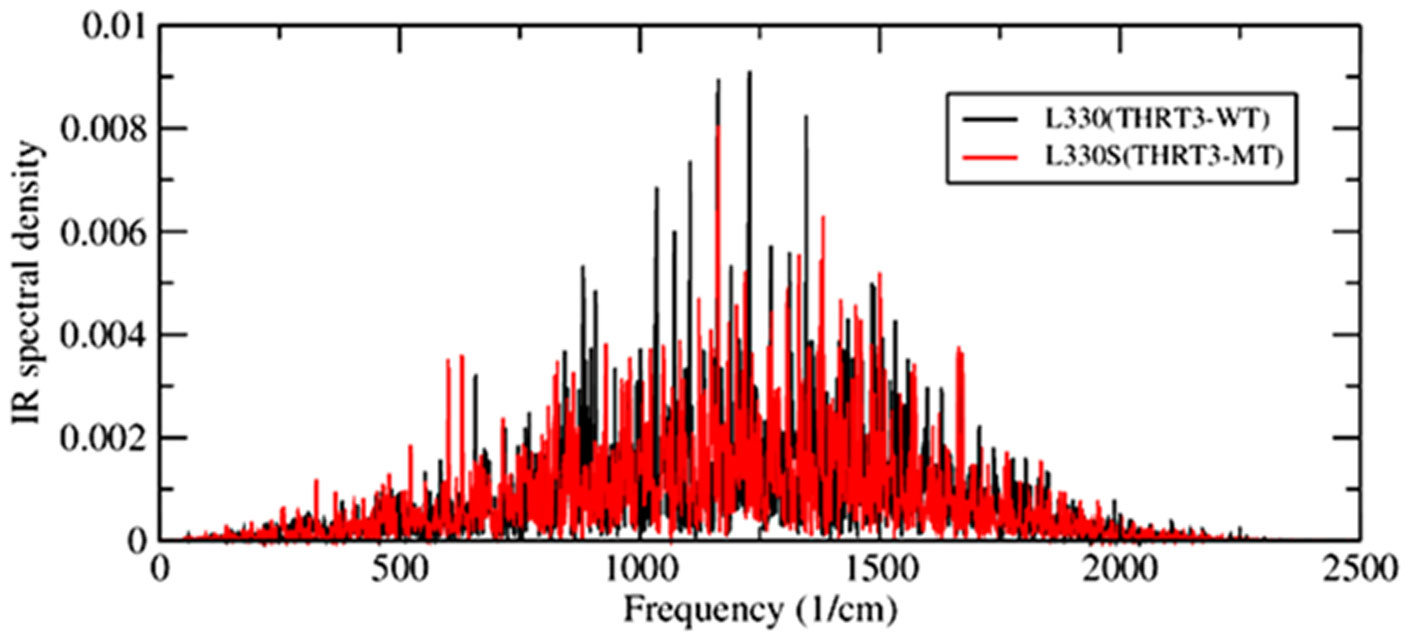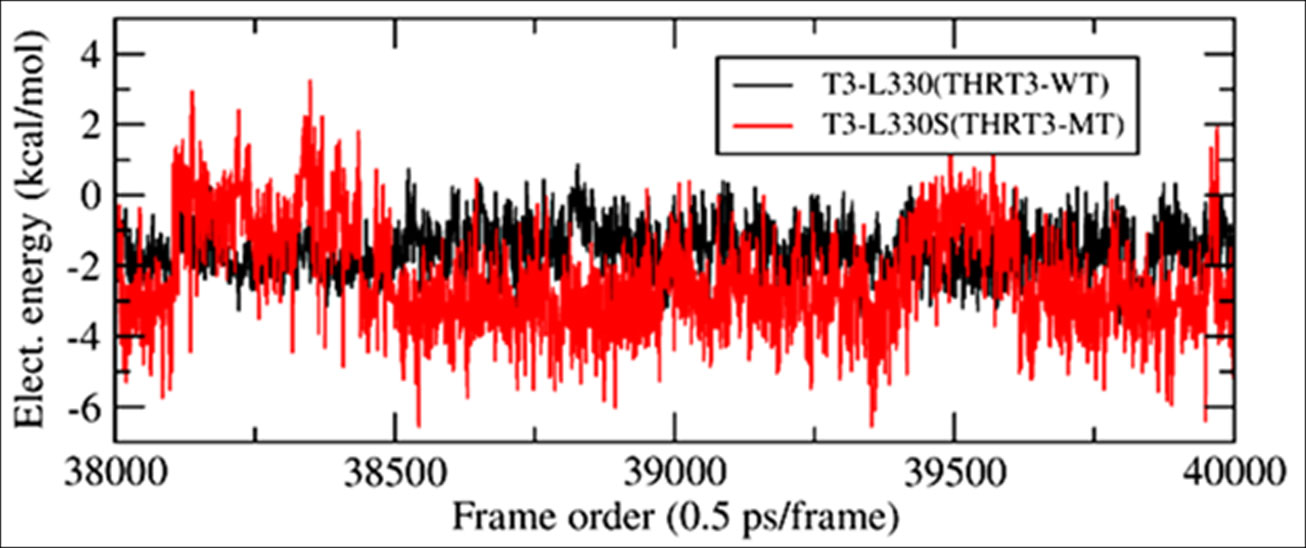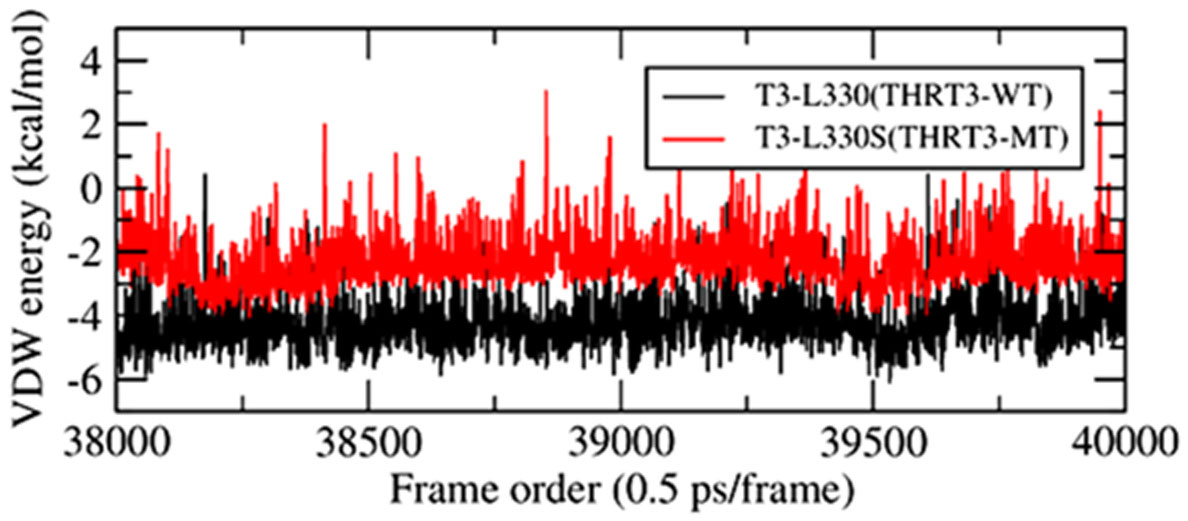1.
Introduction
Resistance training, widely recognized for its crucial role in improving health, physical fitness, and athletic performance, uses machines, cables, and body weight to create resistance, promoting increased muscular strength and hypertrophy. In addition to its benefits in enhancing performance, this type of training is effective in preventing and treating conditions such as hypertension and diabetes [1],[2].
During the early stages of strength training, gains are primarily attributed to adaptations in the nervous system, which improve the efficiency and coordination of motor units. After approximately 3–5 weeks, muscle hypertrophy becomes the main contributor to additional strength gains, involving motor unit recruitment, reduction in co-activation of antagonist muscles, and increased firing frequency of motor units [3]–[5].
To optimize training outcomes, it is essential to understand how different exercise variations impact muscle recruitment. Electromyography (EMG) is a valuable tool for this analysis, as it measures electrical activity in the muscles and provides detailed data on muscle demand and stimulation during exercises. Through EMG, it is possible to assess how angular variations influence muscle recruitment, identifying which configurations promote more intense and efficient activation of the target muscle [6]–[8]. With this information, adjustments to exercise execution can be made to maximize gains and improve training effectiveness.
Despite the established use of EMG, there is still a need to explore how specific variations, such as execution angle, affect muscle activation in more detail. Therefore, this study aims to validate the hypothesis that different execution angles during a unilateral elbow extension exercise will result in significant differences in muscle activation, particularly in the triceps brachii. Understanding these variations can provide crucial data for personalizing training programs, making them more effective and tailored to individual needs. Additionally, in-depth analysis is essential for maximizing results and preventing injuries, enabling trainers and healthcare professionals to develop more precise and informed strategies.
In this context, the present study aims to compare the structural and functional capacity of the triceps brachii at three different angles (90°, 110°, and 130°) during a unilateral elbow extension exercise, testing the hypothesis that muscle activation and strength outcomes will vary significantly across these angles.
2.
Materials and methods
2.1. Type of study and sample
This longitudinal experimental study evaluated changes in response to a specific training program over time. The sample consisted of 25 healthy men who were either untrained or had less than six months of training experience, as determined by their training history. The participants had a mean age of 24.12 ± 3.83 years, a mean height of 1.78 ± 0.10 m, and an average body weight of 78.01 ± 15.70 kg. No participants had a history of pain or dysfunction in the elbow or shoulder joints. The research was conducted under Helsinki's Declaration regarding human research. The institutional scientific committee also approved the research regarding ethical issues (AFDBE.22426).
2.2. Design
The individuals were randomly assigned to the three experimental groups, each performing the unilateral elbow extension exercise at a different angle (90°, 110°, or 130°). The randomized allocation aimed to ensure impartiality in the experiment. After allocation, body composition and arm circumference data were collected from all participants. Subsequently, a maximum isometric strength test was conducted using a force sensor for the proposed angle. On the first training day, EMG data were collected to analyze muscle activity during the execution of the exercise.
2.3. Instruments
2.3.1. Range of motion
The range of motion was measured using a manual goniometer (Fisaude, Madrid, Spain), following international guidelines [9], ensuring the precision of angles during the exercise execution. Participants began the assessment in a standing position, with the foot opposite to the moving arm forward, remaining static, with the elbow close to the trunk and the shoulder joint in a neutral position. At this point, the range of motion that each group (90°, 110°, and 130°) would follow throughout the 12 weeks of the experimental study was determined. To ensure angle consistency during the exercise, a customized support with a scale was developed and adjusted individually for each participant during the first assessment, allowing them to perform the exercises within the predefined angles without the need for further adjustments (Figure 1).
2.3.2. Anthropometric assessment and body composition
The participants' height was measured using a stadiometer (MEDI106, Topgim, Sintra, Portugal), while body weight was assessed with the InBody 270 equipment (Teprel, Portugal). Both parameters were measured with participants barefoot and following international recommendations [10],[11]. The circumference of the brachial triceps was measured with the upper limb in an anatomical and extended position. For this measurement, an anthropometric tape (Comed, 132-014, Commonwealth Edison, France) was used and placed at the mid-meso-humeral point, between the acromion and the olecranon, according to international guidelines.
2.3.3. Maximum isometric strength
For the determination of maximum strength (1RM), the Force Sensor Kit (Chronojump, Spain) was used, a device widely recognized for its accuracy and reliability in detecting and quantifying force and torque. This sensor has been extensively used in studies involving the assessment of both isometric and dynamic strength, in sports contexts as well as rehabilitation and research, allowing the detection and management of data on force, torque, and execution speed, in addition to measuring traction and compression forces with precision and reliability [12],[13]. In this study, a maximum isometric strength test was applied, in which the right voluntary assessment (RVA) and left voluntary assessment (LVA) variables were collected for subsequent analyses. The measures were recorded in kilograms of force (kgf).
2.3.4. Electromyography
For the electromyographic analysis, the mDurance® surface electromyography system (mDurance Solutions SL, Granada, Spain) was used. This device is widely recognized for its accuracy in evaluating muscle activity and is commonly employed by physiotherapists, trainers, and sports medicine professionals. This device allows simultaneous monitoring of up to four muscles or two muscles in two different patients [14]. For data collection, electrodes were positioned bilaterally on the arms, over the long head and lateral head of the triceps brachii muscle, as identified through anatomical palpation. To minimize variations in EMG amplitude due to electrode placement, the motor point of each muscle was marked prior to measurements to ensure consistent positioning across sessions and angles. Participants' skin was shaved and cleaned to reduce impedance, and the same electrode model was used for all recordings. Electrodes were placed at the midpoint of the muscle belly, following standardized anatomical landmarks, to ensure that the measured EMG signal reflected true muscle activation rather than placement variability in agreement with mDurance® protocol. The right limb was always analyzed first, in a set of 12 repetitions. The raw electromyographic signals were processed and filtered using a fourth-order Butterworth band-pass filter, with a cutoff frequency between 20 and 450 Hz. A 0.025-s root mean square (RMS) window was applied for signal smoothing, with an overlap of 0.0125 s between the windows [14]. Electromyographic analysis was conducted on the first and last day of participant training. The recorded electromyographic variables included the following: root mean square of the right triceps brachii lateral head (RMS_S_R), maximum root mean square of the right triceps brachii long head (RMS_Max_L_R), maximum root mean square of the right triceps brachii lateral head (RMS_Max_S_R), root mean square of the left triceps brachii long head (RMS_L_L), root mean square of the left triceps brachii lateral head (RMS_S_L), maximum root mean square of the left triceps brachii long head (RMS_Max_L_L), and maximum root mean square of the left triceps brachii lateral head (RMS_Max_S_L).
2.3.5. Physical exercise program
The exercise program was designed according to international recommendations, featuring moderate loads and volumes (8–12 repetitions per set, with 60%–80% of 1RM, dynamically calculated with the help of the force sensor, aiming to progress to 80% of 1RM over 12 weeks). The goal was to optimize hypertrophic gains [15] and to promote improvements in muscle composition, both in terms of architecture (quantity) and functionality (quality) [16]. The program was implemented non-consecutively, three days per week, as described in the literature [17]. Training sessions were interspersed with rest days, followed by a work day and a rest day. To maximize the development of submaximal and maximal strength levels, resistances that allowed for 8–12 repetitions per exercise were used, resulting in intentional fatigue [18].
2.4. Statistical analysis
Data were assessed for distribution using the Shapiro–Wilk test. Based on the observed distribution, one-way analysis of variance (ANOVA) was employed to evaluate differences between groups, followed by Tukey's post-hoc test for multiple comparisons. A significance level of up to 5% (alpha error probability) was considered. All statistical analyses were conducted using GraphPad Prism Software, version 8.0.2.
3.
Results
Table 1 presents the results related to arm circumference and voluntary activation at three different execution angles. Pre-intervention, the 110° group showed higher RVA values than the 90° and 130° groups and higher LVA values compared to the 90° group. Post-intervention, the 110° group continued to present higher RVA values compared to the 90° group and maintained higher LVA values than the 90° and 130° groups.
Table 2 presents the results of the RMS measurements at the three different execution angles. No differences were observed between the groups at any of the evaluated angles.
4.
Discussion
This study investigated the influence of different execution angles on triceps brachii activation during a unilateral elbow extension exercise. The hypothesis was that variations in angles (90°, 110°, and 130°) would result in differences in muscle activation and potentially in the structural development of the muscle. The results partially confirmed this hypothesis, showing that the 110° angle led to greater muscle activation compared to the other angles, while no differences in muscle growth, represented by arm circumference, were observed between the groups. Additionally, RMS data indicated that there were no differences between the angles evaluated.
Initially, the results of this study showed that there was no difference in arm circumference between the different execution angles (90°, 110°, and 130°) of the unilateral elbow extension exercise after 12 weeks of training. This indicates that, regardless of the angle, the impact on muscle growth, in terms of arm circumference, was similar between the groups. These findings suggest that training volume and applied load are crucial factors in muscle hypertrophy. The literature demonstrates that, with adequate volume and appropriate load, both high and moderate loads can result in significant increases in muscle mass [19]–[22].
Regarding muscle activation, the RMS data indicated no significant differences between the groups at any of the angles evaluated, both at the beginning and the end of the program. Although the 110° angle showed a trend of higher activation in the triceps brachii, as observed in the voluntary activation values, this difference was not reflected in the RMS parameters. Based on the literature on biomechanics and neuromuscular control, these results can be explained. Studies suggest that the capacity for force generation and muscle activation may remain relatively constant at different joint angles due to muscle architecture and the length-tension principle, which describes how muscles maintain activation efficiency throughout a range of motion [23]–[25]. Additionally, the central nervous system adjusts the recruitment of motor units according to the mechanical demand [26], which may explain the absence of differences in activation observed at the three angles.
Voluntary activation (RVA, LVA) showed relevant values, with emphasis on the 110° angle, where RVA and LVA values were higher compared to other angles. This increase in voluntary activation reflects more effective motor unit recruitment, which potentially contributes to increased muscle strength in both the upper and lower limbs at this specific angle. These findings are in line with the literature, which indicates that resistance exercises promote improvements in both activation and muscle strength of the upper and lower limbs [27]–[29].
The practical applications of this study are helpful for physical education professionals, physiotherapists, and trainers seeking to optimize strength training. The 110° angle was effective in maximizing the activation of the triceps brachii, which can be useful in training programs to improve strength and muscle performance. However, the study reinforces that hypertrophy depends on a combination of factors, such as training volume and load, and that variation in angle should be used as a complementary tool. Additionally, the 110° angle can be applied in rehabilitation contexts, promoting muscle recruitment with lighter loads, which benefits patients in the early stages of recovery. Thus, adjusting the angle can improve training efficiency without compromising the safety of individuals.
This study presents some important limitations. Besides having a relatively small sample size, which reduces the statistical power to detect subtle differences between the groups, some participants already had up to six months of experience with resistance training. This may have influenced hypertrophy results, as individuals with some training adaptation tend to respond less to the stimulus than complete beginners. The homogeneous sample, composed exclusively of young and healthy men, also limits the generalization of the results to other populations, such as women and older individuals. Moreover, the 12-week duration of the study may not have been sufficient to observe significant changes in muscle hypertrophy, especially in these individuals. Future studies with longer duration, a larger sample size, and a more diverse sample would be important for a more robust understanding of the effects of execution angles on muscle growth and activation.
5.
Conclusions
It is concluded that, although the 110° angle showed a trend of greater muscle activation, the RMS and arm circumference data did not reveal significant differences between the execution angles evaluated (90°, 110°, 130°). This suggests that variation in the execution angle did not significantly influence muscle activation or the muscle growth of the triceps brachii, indicating that factors such as training volume and load may play a more decisive role in muscle development and activation efficiency.
Use of AI tools declaration
The authors declare they have not used Artificial Intelligence (AI) tools in the creation of this article.
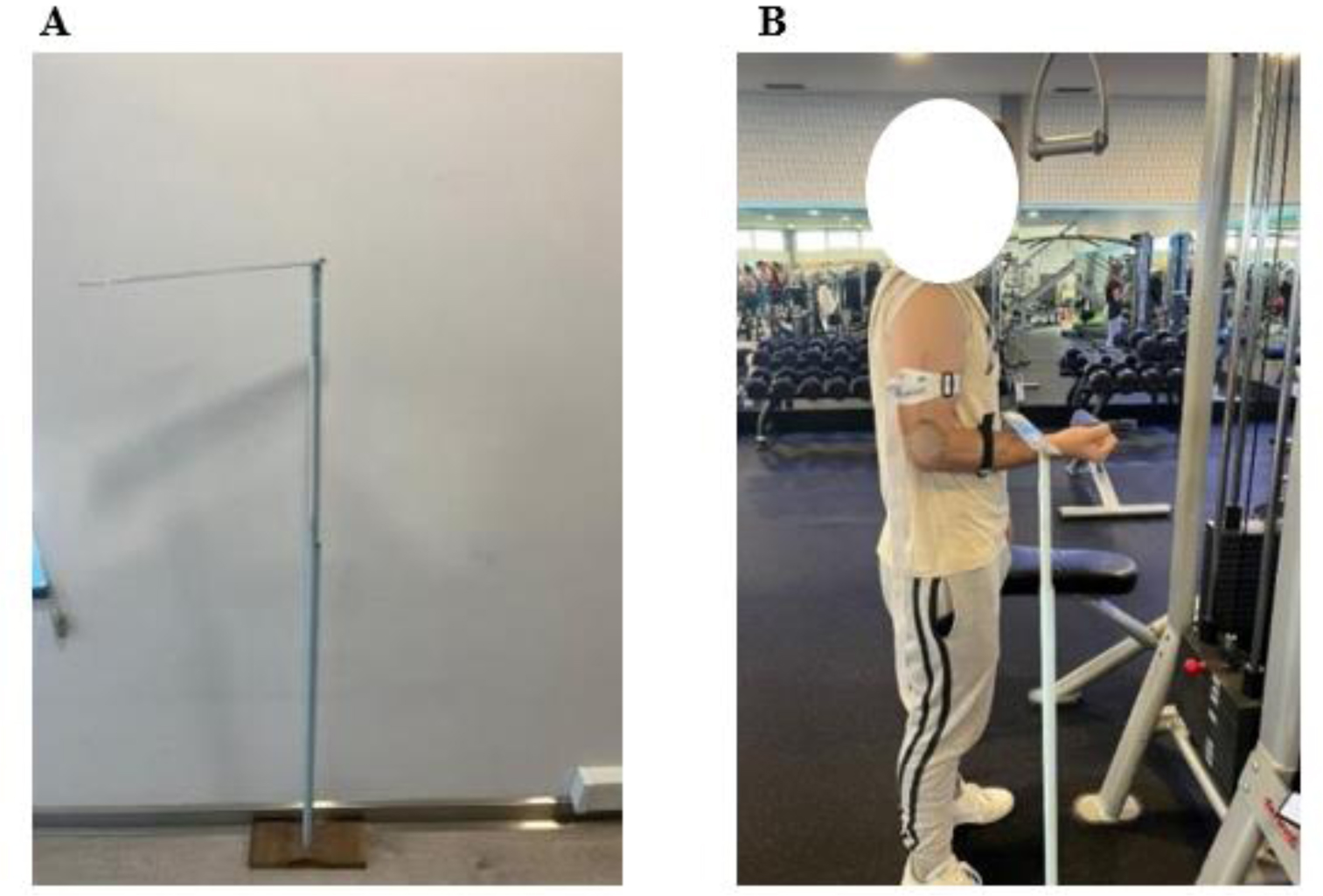









 DownLoad:
DownLoad:


